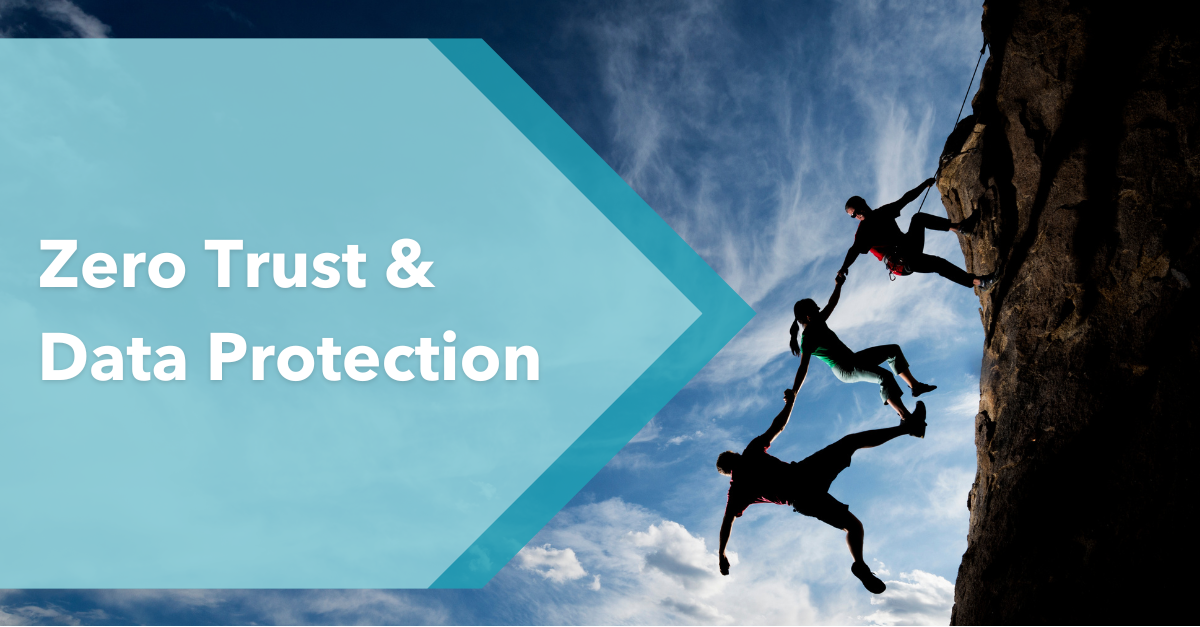As digital transformation accelerates, SAP systems have become the operational backbone of many industrial organizations. But with greater interconnection comes greater risk: cyber threats are evolving faster than traditional IT infrastructures can keep up.
To meet these new challenges, the Zero Trust model is emerging as a cornerstone of modern cybersecurity strategy.
Why Zero Trust Is Essential in 2024–2025
With increasing threats and tightening regulations (GDPR, DORA, NIS2), the old “trust but verify” model is no longer viable. Zero Trust flips the paradigm: Never trust by default. Always verify.
This means:
-
Every access is authenticated and verified in real time
-
Users only get access to what they truly need
-
User behavior is continuously monitored for anomalies
This posture dramatically reduces the risk of compromise, even in the case of stolen credentials.
SAP: Protecting Your Most Critical Data
SAP environments store and manage some of the most sensitive business information:
-
Human Resources data
-
Financial records
-
Supply chain and logistics
-
Customer and vendor master data
Any misconfiguration or breach can lead to:
-
Major financial losses
-
Regulatory fines
-
Serious reputational damage
That’s why advanced encryption, combined with tight access governance, is essential within a Zero Trust framework.
Leveraging the Right Tools: SAP GRC, IAG & Built-in Security
SAP offers powerful native tools to support a Zero Trust architecture:
-
SAP GRC (Governance, Risk & Compliance): Enables centralized control over access rights, risk mitigation, and compliance automation
-
SAP IAG (Identity Access Governance): Facilitates granular role management and enforces Segregation of Duties (SoD)
-
Real-time monitoring & intelligent alerts: Quickly detect and respond to unusual behaviors or access violations
These solutions help companies build a secure, compliant, and agile SAP environment without slowing down business operations.
Zero Trust isn’t just a technology shift — it’s a strategic mindset. One that focuses on:
-
The data
-
The user
-
Continuous governance
By anticipating the regulatory and cybersecurity demands of 2025 now, companies can:
-
Strengthen resilience against cyber threats
-
Regain control over access and data flows
-
Prepare their SAP landscapes for long-term compliance

